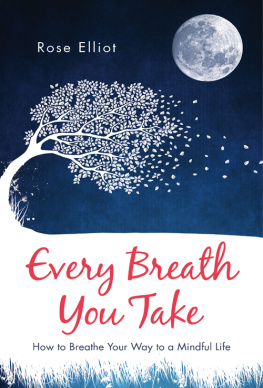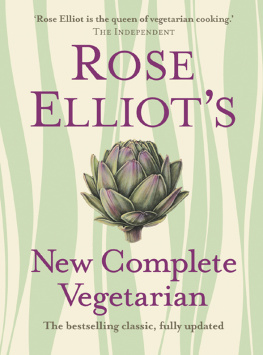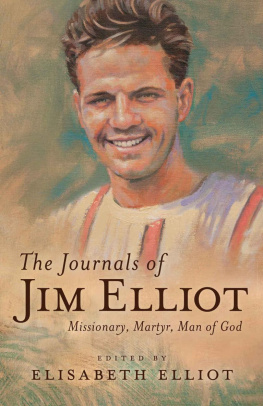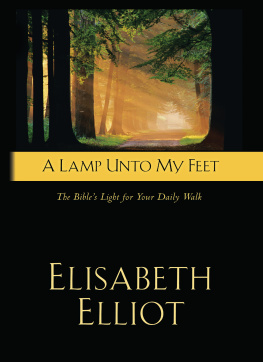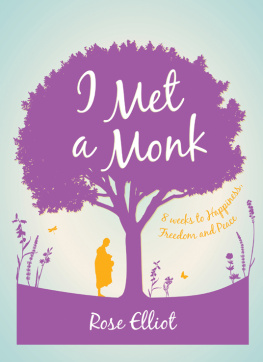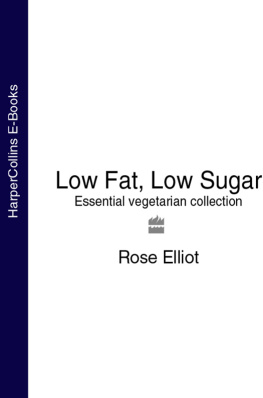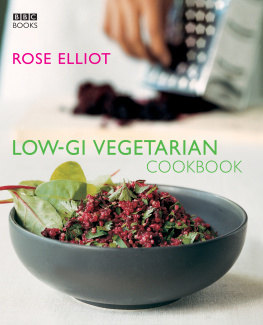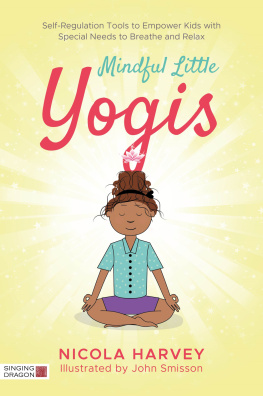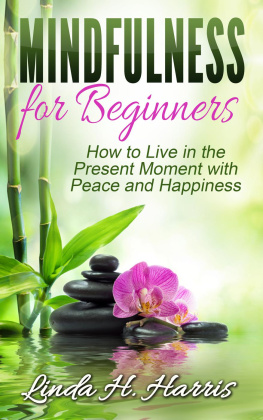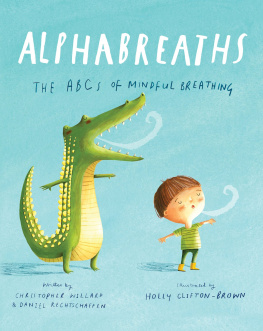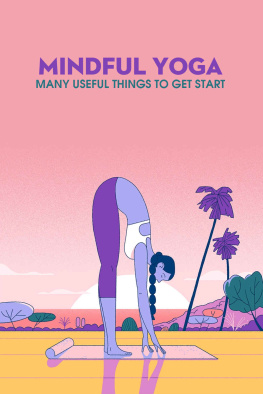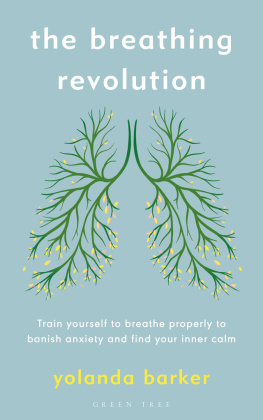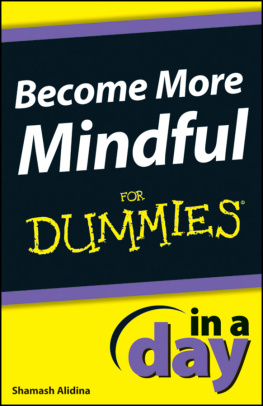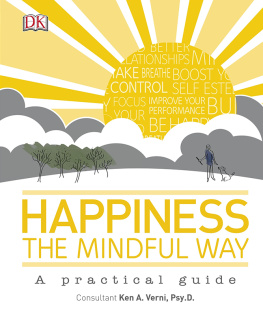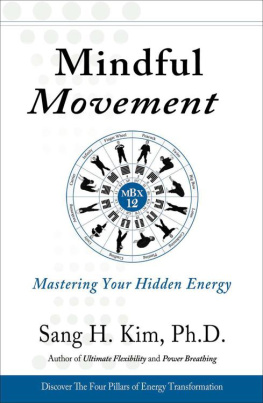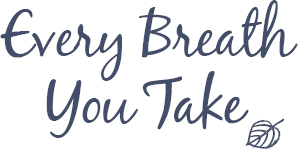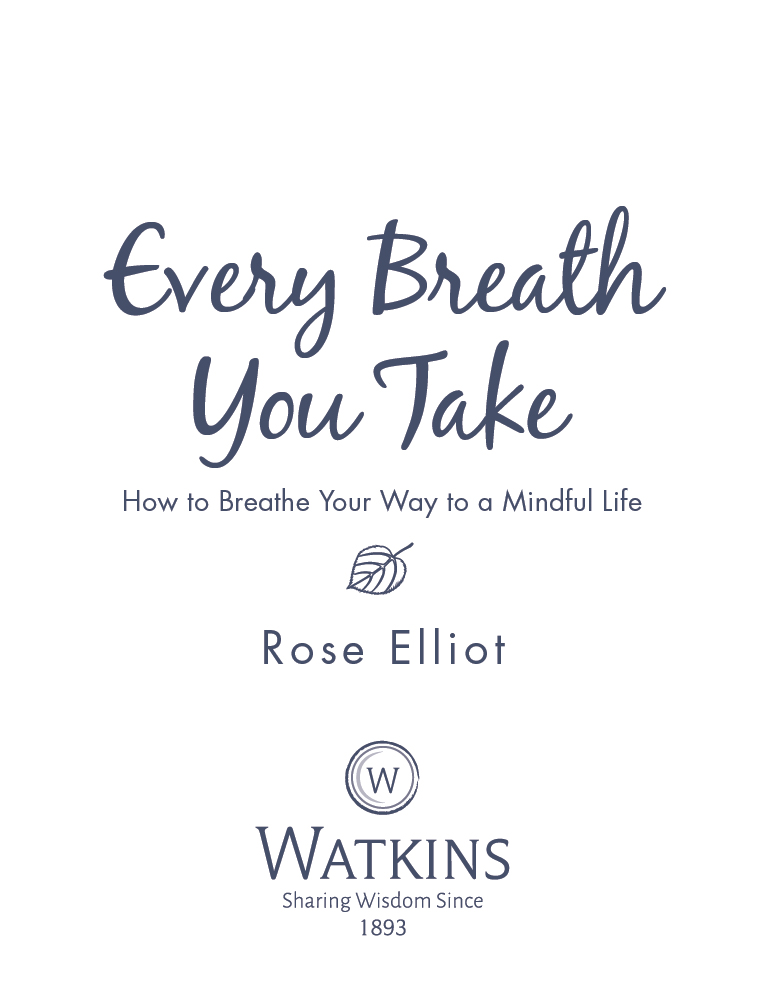In deep gratitude for everything, including introducing
me to the Buddhas teaching,
I dedicate this book to
Robert Anthony Elliot
21.12.193326.12.2015
with all my love
This edition first published in the UK and USA 2016 by
Watkins, an imprint of Watkins Media Limited
19 Cecil Court
London WC2N 4EZ
Design and typography copyright Watkins Media Limited 2016
Text copyright Rose Elliot 2016
Rose Elliot has asserted her right under the Copyright, Designs and Patents Act 1988 to be identified as the author of this work.
All rights reserved.
No part of this book may be reproduced or utilized in any form or by any means, electronic or mechanical,
without prior permission in writing from the Publishers.
1 3 5 7 9 10 8 6 4 2
Designer: Gail Jones
Printed and bound in Bosnia&Herzegovina
A CIP record for this book is available from the British Library
ISBN: 978-178028-981-6
http://www.watkinspublishing.com
Contents
Prologue
We are all born with the perfect tool for mindfulness. One that is with us all the time, that we can connect with wherever we are, whatever we are going through, and that will never let us down: its our breath.
ROSE ELLIOT, I MET A MONK
Introduction
How It All Began
Like many people, I had heard about mindfulness. I knew that it meant paying attention, opening our awareness to what is happening in the present moment, and accepting it without judging or trying to control it.
I knew also that practising mindfulness has been shown to have many benefits more peace, energy, self-confidence, less stress, relief from depression and anxiety, fewer aches and pains and I wanted to experience some of those for myself.
However, much as I tried, I struggled with the practice. I found it dreary, dull and boring all that notice-what-youre-doing-while-you-clean-your-teeth I just couldnt get to grips with it at all.
I know that the experts say that when done correctly mindfulness is never boring, but it was for me. I kept trying, but I just couldnt sustain it.
Then, when I was on the point of giving up altogether, I met a monk an experience that I have described in my book, I Met A Monk and he quietly suggested that it is helpful to link mindfulness practice to breathing.
This really helped. In fact it helped so much that I decided to do some research on mindfulness. What I discovered nearly took my breath away, if I can say that. It has certainly changed my life.
I found that, in its original form, mindfulness was in fact actually based on our breathing; the breath was an intrinsic part of it.
Mindfulness and breathing go together, and when you practise mindfulness with the breath, what might have been a dull, boring and mechanical practice suddenly comes alive. It is like putting petrol in your tank or the wind beneath your sails: mindfulness becomes a really enjoyable experience that just seems to flow.
Practising mindfulness using your breath as the starting point and the focus, not only opens your awareness to the present moment, which is what mindfulness is all about, but it can also naturally put you in touch with more peace, joy, strength and, dare I say it, wisdom which you may never have known you had. If you wish and once you get started, you probably will it can naturally lead into a meditation practice, with all the many health and wellbeing benefits that this is proven to bring. It is truly life changing.
Once you know how to breathe mindfully, you can do it anywhere, any time, any place; its like flicking on an instant inner peace switch. And it certainly is not boring!
So join me now, as we go back 2,500 years to the night when the first teaching on mindfulness was given: when mindfulness began
The moon was full, the crowd were still
It was the end of the rainy season in India. Several hundred people were gathered and waited expectantly.
A tall, slim, dark-haired man was sitting cross-legged in front of them. He looked around the gathering thoughtfully and then, after a pause, he spoke
He spoke words that would help ordinary people, from all walks of life; the people who listened to him that night; and the millions more who would hear them in the future, as they echoed down the centuries to our present time: how to do mindfulness breathing and so find inner peace, strength and healing, whatever your situation or walk of life.
The world has changed beyond all recognition since then, but human beings and the problems we face havent; the teaching is as fresh and helpful today as it was all those centuries ago.
So this book is based on the instructions the Buddha gave then, in the form of simple breathing exercises. These run like a golden thread throughout the book, showing how we can develop mindfulness of the breath and use it in every aspect of life: our body, feelings, emotions, mind and spirit.
In practice, all these areas of life overlap and interweave, affecting each other, so as you become mindful of one, the others benefit as well, bringing an increasing sense of balance and harmony to your life.
Practising mindfulness breathing for a few minutes each day as explained, will allow this beautiful, ancient practice and wisdom to heal your life from the inside out, bringing increasing peace, freedom and joy.
If you can breathe, you can be mindful, and if you can be mindful, you can heal and transform your life.
Welcome!
As I have explained, it is to the Buddha that we owe mindfulness, but that does not mean you have to be a Buddhist (whatever that may mean), or indeed of any religion at all to practise it. The breath is universal, as is spirit, so we can all benefit.
I love the simple, down-to-earth teaching that the Buddha gave, but I do not label myself Buddhist, or anything else, for that matter. For me, just being human is enough. I resonate very much with the words of the French idealist philosopher Pierre Teilhard de Chardin, who said, We are not human beings having a spiritual experience. We are spiritual beings having a human experience.
Anyway, whatever your own background or personal beliefs, whether you have practised mindfulness before or are completely new to it, I hope you will find this book helpful.
Mindfulness breathing brings calmness, peace and an inner strength and joy that gently permeate your whole life.
What the Buddha said
This book is based on the actual words that the Buddha spoke that night, called the Anapanasati Sutta, in which he brought the teaching of mindfulness to the world. Like all of the Buddhas teaching, it was given in the spoken language of Northern India at the time, Pali, learnt through repetition, and handed down over two or three centuries until it could be written down. As the teaching has spread to the north, south, east and west there have been many translations of the Sutta, but the overall teaching has remained consistent. This book is based on a version devised by the author and Zen Buddhist monk Thich Nhat Hanh, and I am giving it here for reference, but we will consider it gradually, line by line, in 16 breathing exercises, as we go through the book. Thich Nhat Hanh said that when he first came upon this teaching he felt like the happiest person in the world, and I have to say I know exactly what he means. I do hope as you read this book and practise the breathing, you will know too.

